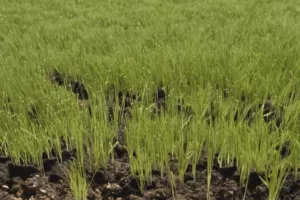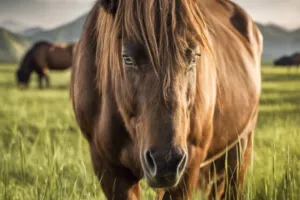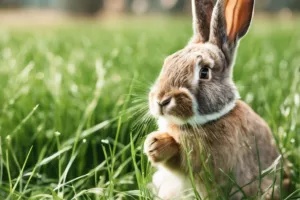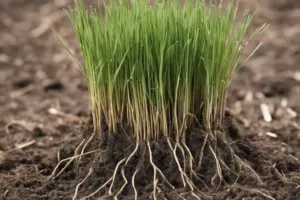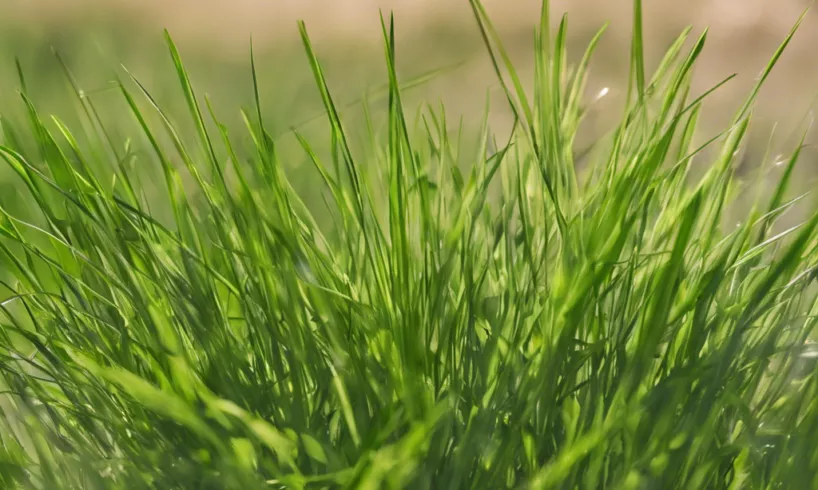
Understanding Buffalo Grass and Its Light Requirements
Buffalo grass, scientifically known as Bouteloua dactyloides, originates from the prairies of North America, where it thrives under full sun exposure. It is known for its hardy nature and ability to withstand harsh conditions. But, does it have the ability to grow in the shade? The simple answer is no. Buffalo grass requires a generous amount of sunlight to grow optimally. However, this does not mean it cannot survive in the shade. It just may not flourish as well as it would in full sun.
The Effects of Sunlight on Buffalo Grass
Sunlight’s Role in Grass Growth
Sunlight is a key factor in the photosynthesis process, which is how grass, including buffalo grass, produces food for growth. Photosynthesis requires sunlight, water, and carbon dioxide to produce glucose, which serves as the grass’s energy source. In low light conditions, such as under shade, buffalo grass may struggle to conduct photosynthesis, resulting in less vigorous growth.
Buffalo Grass in Shade
Buffalo grass prefers full sun exposure, receiving at least 6 to 8 hours of direct sunlight per day. In areas that receive less sunlight, buffalo grass tends to become thin and patchy. It may also have a less vibrant color compared to buffalo grass grown in full sun.
Special Considerations for Shade-Tolerant Grasses
While buffalo grass may not be the best choice for shady areas, there are other grass types that can tolerate shade. For instance, grasses like St. Augustine grass, fine fescue, and Kentucky bluegrass have shown a higher tolerance for shade. When choosing a grass type for your lawn, consider the amount of sunlight the area receives, the local climate, and the grass’s water requirements.
Practical Tips for Growing Buffalo Grass in Partial Shade
While buffalo grass may not thrive in full shade, it may still survive in partial shade, especially if it receives a few hours of sunlight each day. Here are some tips to help buffalo grass survive in less-than-ideal light conditions:
Maximize Sunlight
Trim trees and shrubs to allow more sunlight to reach the grass. You can also consider using reflective surfaces, such as mirrors or light-colored walls, to increase the amount of light the grass receives.
Proper Watering
Buffalo grass is drought-tolerant, meaning it doesn’t require much water. However, in shaded areas, it’s important to ensure the grass receives adequate moisture, as shade can create dry conditions.
Appropriate Fertilization
Providing buffalo grass with the nutrients it needs can help it withstand less-than-optimal light conditions. Use a high-quality fertilizer that contains nitrogen, phosphorus, and potassium to promote healthy growth.
While buffalo grass may not be the best grass for shaded areas, it doesn’t mean it can’t be grown there. With careful management and the right care, buffalo grass can still provide a functional and aesthetically pleasing lawn under partial shade conditions.

Bob Green, a passionate lawn care enthusiast with over two decades of landscaping experience, is this website’s proud owner. His vast knowledge of horticulture and dedication to helping homeowners maintain beautiful lawns are reflected in the valuable content he shares on his platform. John has always been interested in Agrostology.









